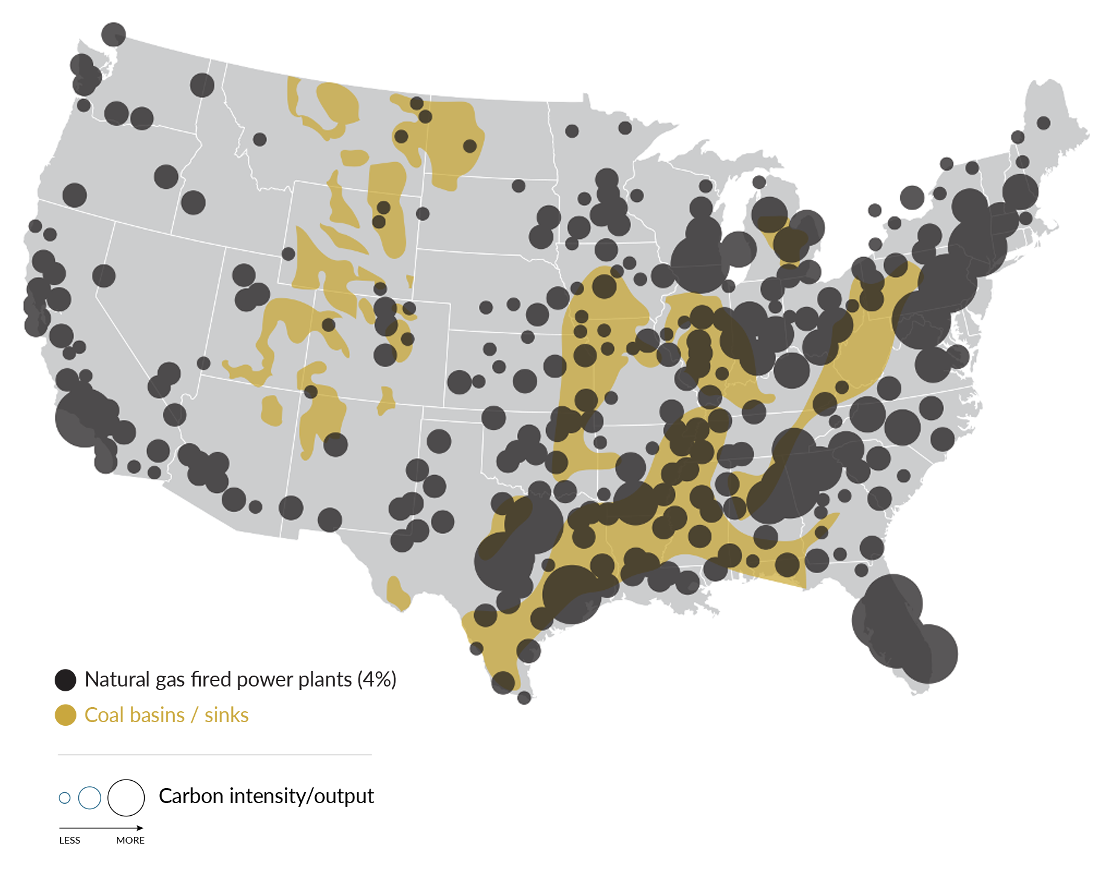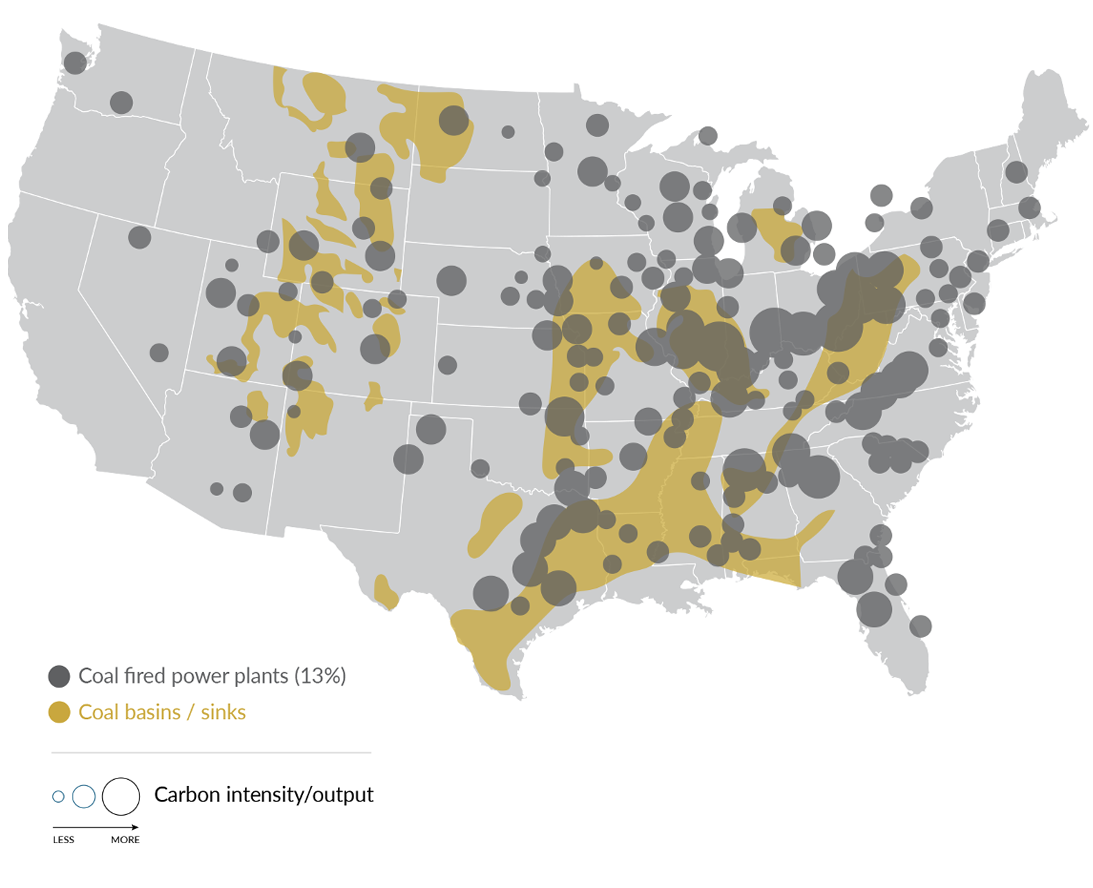MANAGING CARBON EMISSIONS
Power Utilities
In 2021, the power utilities sector saw the biggest increase in global CO2 emissions, and emissions from electricity and heat production rose by over 900 million metric tons, comprising 46 percent of global increases in emissions. Total CO2 emissions from the power sector neared 14.6 gigatons in 2021, the highest level yet and around 500 million metric tons higher than in 2019.
The global power sector must dramatically reduce its carbon emissions to achieve net-zero targets. Carbon capture and storage technologies support the power sector transition in a variety of ways, including reducing emissions from existing power plants. In the near and medium term, retrofitting the power sector with carbon capture technologies addresses emissions from the existing plants powered by fossil fuels, and offsets emissions by removing carbon from the atmosphere. This process is important because it leverages existing equipment and technologies to support resource adequacy on the electricity grid.
Carbon capture use in power plants can also play a role in generating power, as most emissions linked to energy infrastructure are “locked in.” For example, coal-fired power plants, which currently account for one-third of global energy-related carbon emissions, will represent more than one-third of cumulative emissions through 2040. Most of these plants are in Asia, where an average coal plant is just eleven years old with decades left to operate. Carbon capture and storage is the only viable option to decarbonize coal-fired power plants.
Contact us to learn more about how CGC’s carbon capture technologies can help the power and utilities sector reduce carbon emissions.
VIEW INDUSTRIES:
Cement | Oil and Gas | Steel | Hydrogen | Power AND UTILITIES | Chemical | PULP AND PAPER | Responsible Natural Gas


